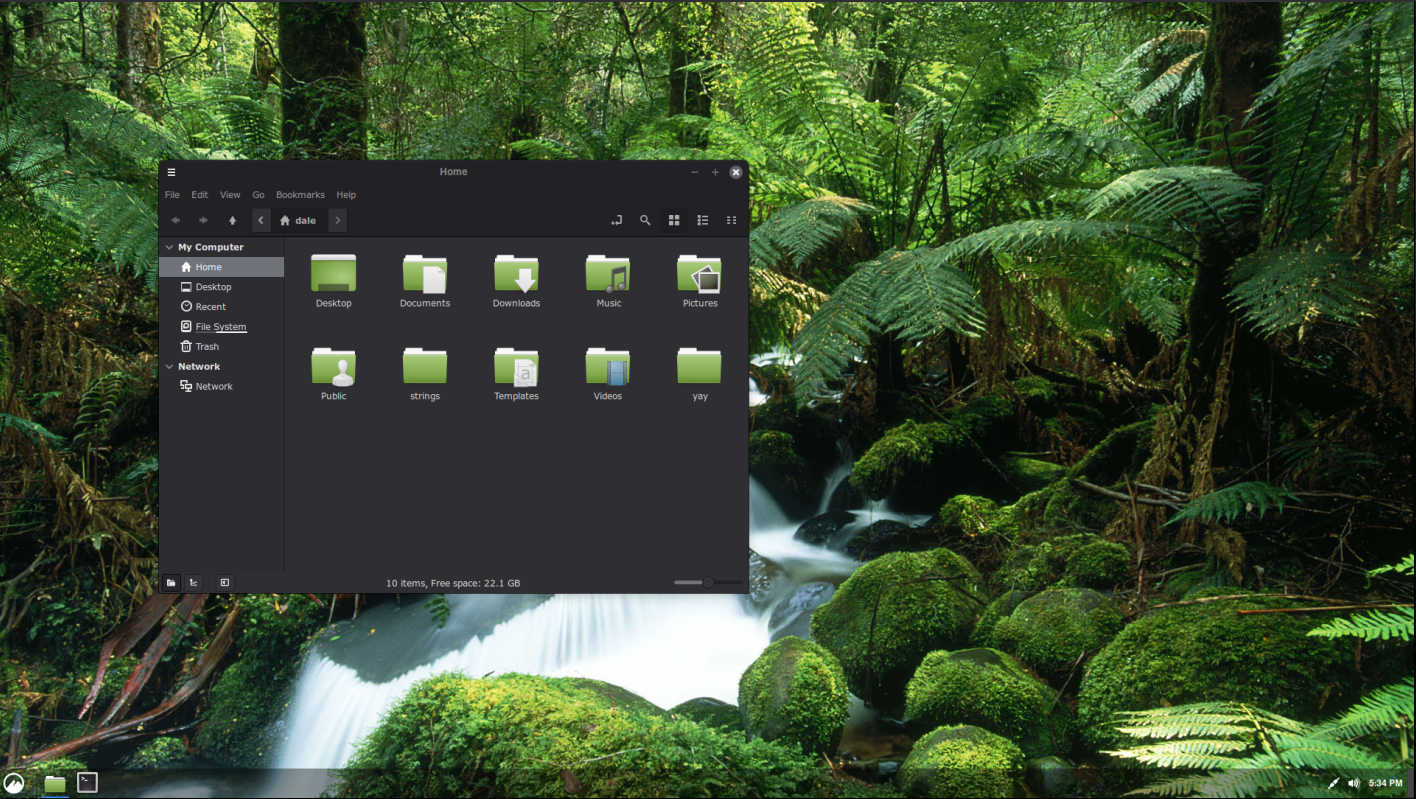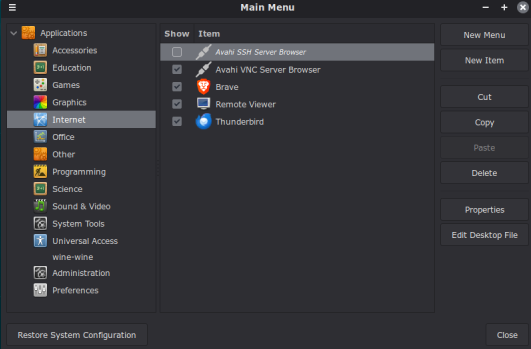Omarchy
2025/12/14
Category: Windows, Linux
Other Categories: Personal, All
I recently watched a YouTube video where the author was railing against Microsoft’s Windows 11 and Apple’s macOS and their latest states of being. Being operating systems you do not want. I do agree with what he said. It is why I use Linux or specially Arch Linux with a Cinnamon desktop. Of course I have modified the desktop to my liking. But he was promoting what is basically Hyprland desktop on Arch Linux distribution called Omarchy. I installed it in a virtual machine to see what it was. I do agree if you are proficient with Linux you can script yourself a post application installation script to install what you want. Which is what another YouTube video was explaining as a method to use Omarchy. These two gentlemen are promoting Omarchy to software developers and such. Not for people who want to replace Windows 11 because of an intrusive product or because you can't install it on your hardware. Or macOS and their lack of attention to the user interface. But my suggestion is Linux Mint or my script Strings. With Strings if you want the setup I have for my daily driver create a configuration file, which you will be asked if you want to create one during installation, but choose to use home mode. Otherwise just start installation without a configuration file and install your applications afterward. In the resulting strings folder in your user’s home window there will be an addons folder. Run the script restore_my_cinnamon in the folder and install the themes I use along with Microsoft fonts for LibreOffice. If for some reason it will not run, right-click on your home directory in the addons folder in the strings folder, chose Open in Terminal and type chmd +x restore_my_cinnamon. Below is what you will get as a result.

You will need to change your display resolution most likely and in Extensions add Transparent panels to add a nice touch. The desktop picture cycles every fifteen minutes so in your Pictures folder there is one named Wallpaper and all the pictures I like. You can right-click the menu icon in the lower left and chose Edit menu to get rid of some unsightly stuff such as below.

There is no graphical software manager or anything so you have to use pacman or yay. For instance, do a search for arch linux typora, a markdown editor I used for this post actually. You use yay -s typora to install it. Now you needed to also just search for typora and go to their site to buy a license. You have to get your hands dirty a little so to speak to do all of this. You can also edit my script files pacman for pacman installations or final for yay installations to add applications you want to use for future installations using Strings.